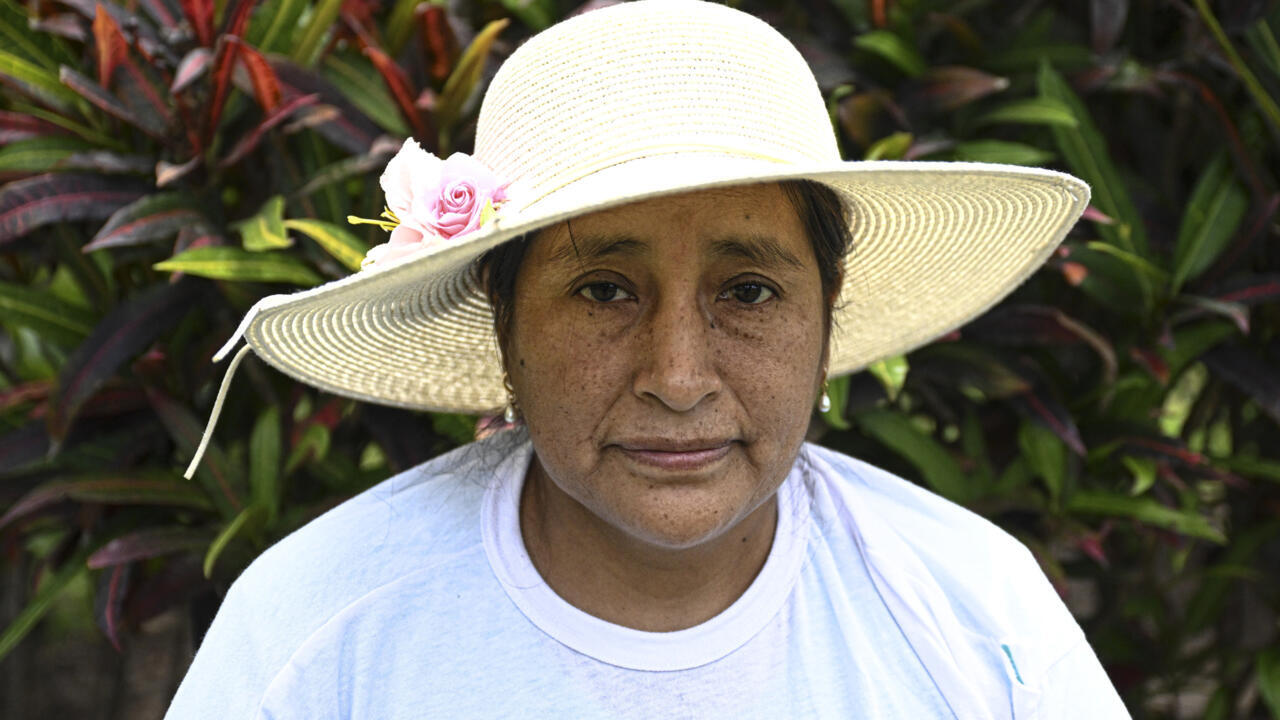Decades later, the 46-year-old Indigenous woman is still fighting for an apology and reparations along with thousands of others robbed of their fertility in a 1990s state campaign condemned by the United Nations.
“My life was cut short,” Loayza told AFP, recounting how her partner abandoned her over the procedure, which also left her with lasting pain.
“On the outside, we look fine, but inside we are withering,” she said of the estimated 270,000 women who, like her, were coerced, pressured or deceived into surgery to have their fallopian tubes tied.
Eighteen women died, according to official data, during the campaign that marked the final years of then-President Alberto Fujimori’s 1990-2000 rule.
His government said it had offered sterilization as part of a family planning project, but the UN women’s rights committee said in a report last October the state had carried out a “systematic and generalized attack against rural and Indigenous women.”
It said the procedures were carried out without informed consent from victims who were often poorly educated and did not understand Spanish, the language of officialdom in Peru.
“It’s not something that was done in the cities… but in a specific (rural) area as a way of fighting poverty so that the poorest women didn’t reproduce,” Leticia Bonifaz, who was a member of the UN committee, told AFP.
She said it was the biggest known case of forced sterilization in Latin America.
– ‘Life hasn’t been easy’ –
Loayza today is an activist. She wishes she could have had more children and rarely smiles.
In 1997, she was living in rural Huancavelica in Peru’s southeast, with a baby a few months old.
Her life changed dramatically when she left home one day, stuffed with other women onto the back of a truck “like sheep,” to collect promised food aid from a nearby clinic.






